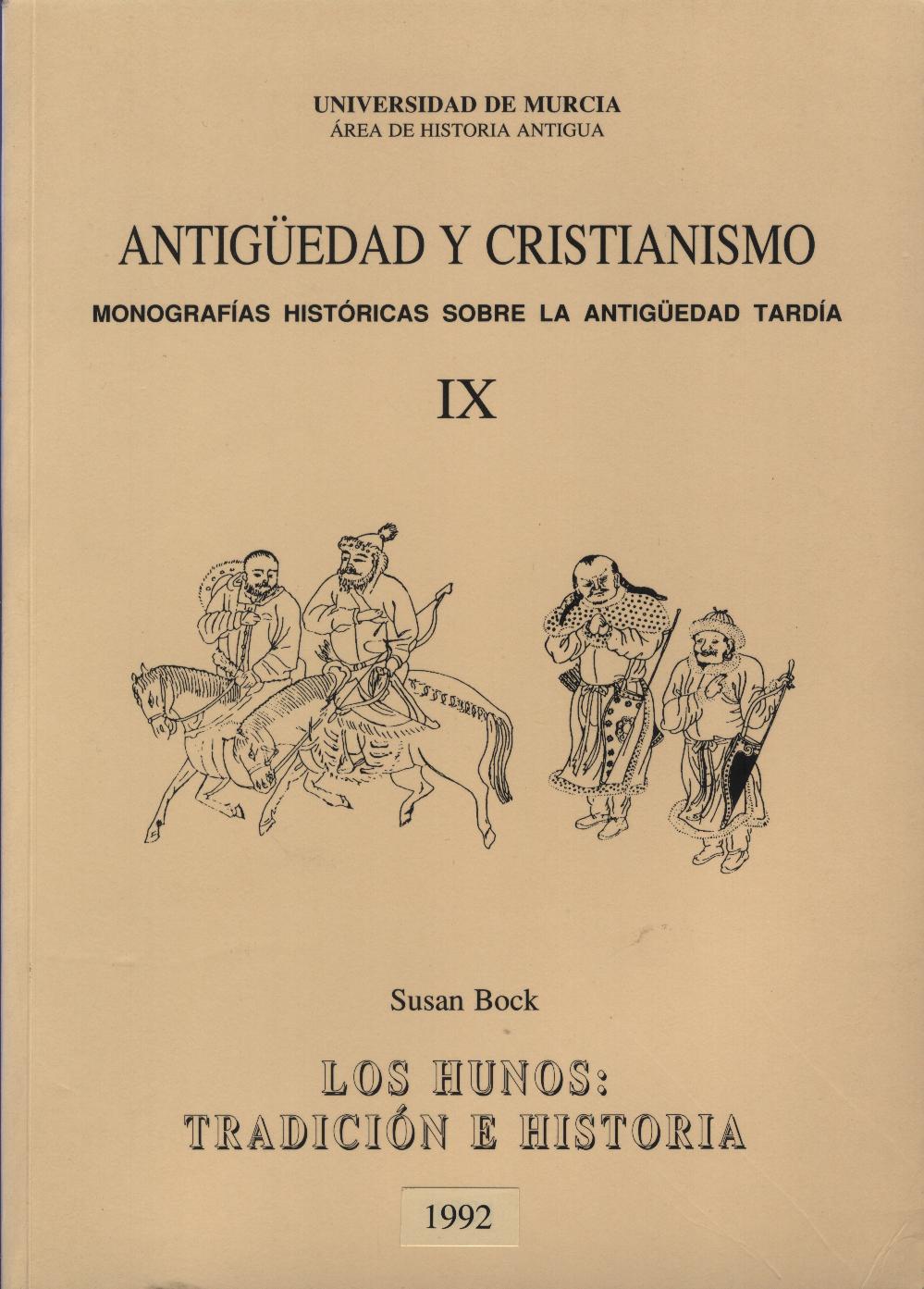The huns: Tradition and history
Abstract
Just mentioning the Huns brings to mind the image of hordes of savages, dirty, dressed in skins, on horseback, devastating everything in their path (fields and cities) and leaving behind them death and barren lands. They were described by ancient authors as belonging to a race closer to animals than to humans, coming from some secret place in the world, sent by the Christian God as punishment and guilty of being one of the main causes of the fall of the Western Roman Empire1. Their passage through Western history was ephemeral, less than 90 years, but, according to most ancient historians, harmful to all the peoples they came into contact with; it might seem good news that they disappeared from the face of the earth after the death of their great king, Attila, in 453 AD. However, we will see later that the Huns, like all other nomads, played a very important and not always nefarious role2 in history. (Some historians, rightly or wrongly, maintain the hypothesis that the empire lost the provinces of Gaul, Spain, and Africa due to the push of the Huns, and others that the feudalization of Byzantium was late due to its presence in Central Europe. Almost ignored by the historians of their time, today, some 1500 years later, they have not been forgotten). (...)
Downloads
1. The authors non-exclusively assign the exploitation rights (reproduction, distribution, communication and transformation) to the magazine.
2. The works published in this magazine are subject to the Attribution-ShareAlike 4.0 International license (CC By SA 4.0). Therefore, they can be copied, used, disseminated, transmitted and publicly displayed, provided that:
i) the authorship and the original source of its publication (journal, editorial and URL of the work) are cited, thus allowing its recognition.
ii) it is allowed to remix, transform or create from the material while maintaining the same license as the original.
Note: Articles prior to 2022 incorrectly display the CC by SA license in the abstract page. They are under a CC by NC ND license as embedded in the article pdfs. Articles published in 2022 and after are under the CC by SA license.

3. Self-archiving conditions. Authors are allowed and encouraged to electronically disseminate the pre-print (version before being evaluated) and/or post-print (version evaluated and accepted for publication) versions of their works before publication, as it favors their publication. Earlier circulation and diffusion and with it a possible increase in its citation and reach among the academic community. Color RoMEO: verde.























